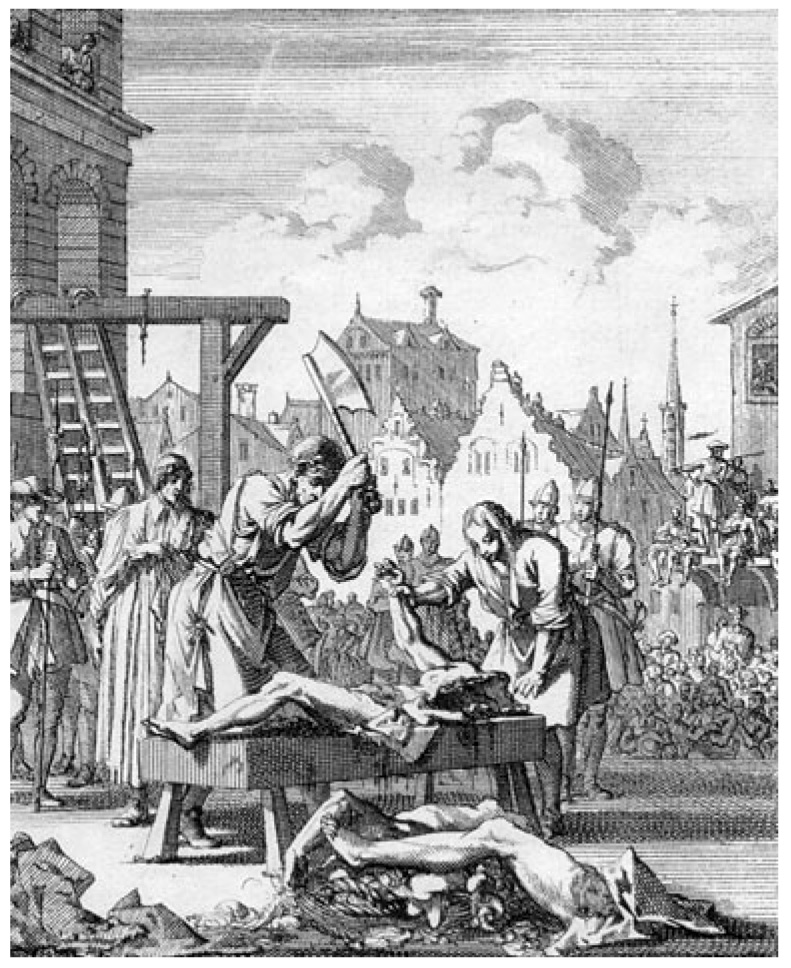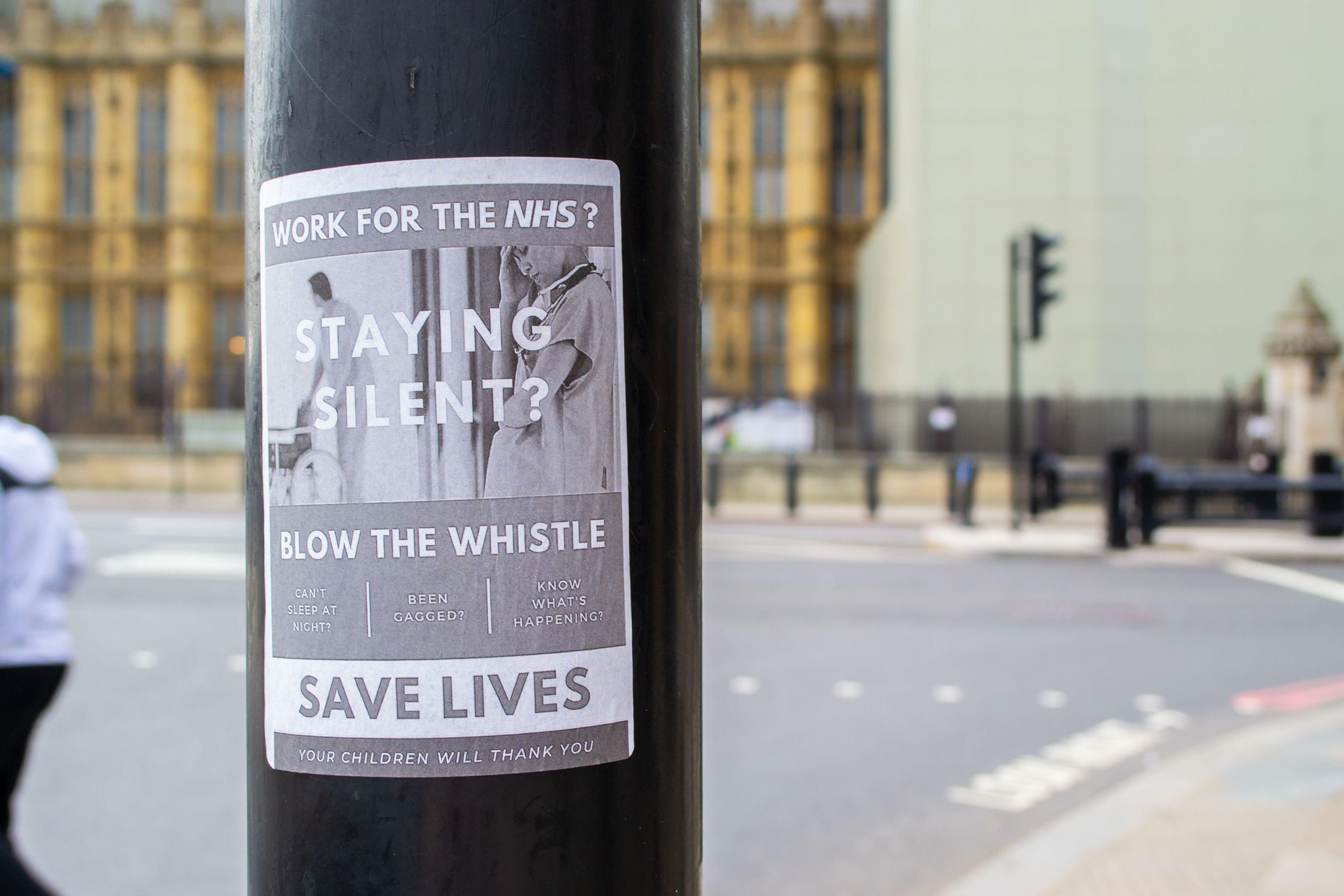
As the royal charter on press regulation was approved by Queen Elizabeth II, Index on Censorship takes a look at crime and punishment the last time the state controlled the press.
The Licensing Order 1643 censored the press by introducing pre-publication licensing, registration of all printing materials with the names of author, printer and publisher, the seizing and destruction of any books that may be deemed offensive to the government, and the arrests and imprisonments of any offensive writers, printers and publishers. Parliament failed to renew the Act in 1695 but what other laws were imposed on Britain’s at the beginning of the 17th century?
- Capital punishments for crimes including treason, piracy, forgery and arson in the Royal Dockyards still existed. What form of capital punishment one received depended on their social background.
- Beheading, which was not abolished until 1747, was normally reserved for those born into nobility.
- Being hung, drawn and quartered was the other more popular option; convicts were driven to the place of execution, hanged, and then whilst still alive (and sometimes conscious) had their stomachs cut open and their entrails drawn out.
- Women found guilty of treason or the murder of their husbands faced the prospect of being burned alive. But don’t worry; the executioner would often strangle the culprit before lighting the match.
- The execution of witches was still legal in England at the time. Unlike in other parts of Europe, those suspected of witchcraft in England were hanged for their crimes as opposed to burnt at the stake. The last execution of a witch was in in 1682, when Temperance Lloyd, Mary Trembles, and Susanna Edwards were executed at Exeter.
- Hollywood movies often depict criminals easily getting away with murder- it was even easier in 1695. Royal Pardons were still dished out for even the most heinous of crimes if the King knew the defendant or felt sympathy towards them. Women had it even easier, often ‘pleading the belly’ that they were with child, omitting them from any punishment until they gave birth. By then their sentencing was often forgotten about.
- Those who had been pardoned were then branded with a letter representing their crime on their thumb preventing them from being let off the hook more than once. For a short time this brand was scorched onto the face but as ex-convicts found they were increasingly unemployable the brand was moved back to the thumb.
- Those who committed petty crimes, including theft and felon, were sentenced depending on their social status, age, sex, and personality. Punishments ranged from imprisonment and committal to a house of correction, where hard labour was often inflicted, to public whipping and time spent in the stocks.
- As the use of the death penalty began to dwindle out at the end of the 17th century a new form of punishment was needed- many criminals soon found themselves transported to Australia.
- Suicide was still illegal in England at the time. Those found to have committed ‘self-murder’ were denied a Christian burial.
- Other laws of the time included a £2 fine for swearing (a lot of money in those times), the requirement of all Englishmen aged 17-60 to keep a longbow for regular archery practice and that all belonged to the Church of England.
This article was originally posted on 31 Oct 2013 at indexoncensorship.org.




